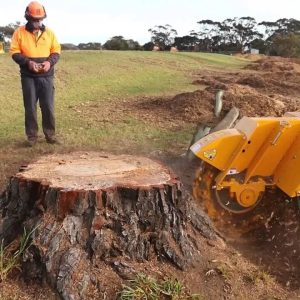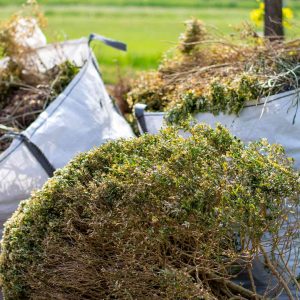
Tree stumps are often left behind after a tree has been cut down. While they may seem harmless and inconspicuous, untreated stumps can pose a variety of risks and hazards in your landscape. In order to maintain a safe and healthy environment for your property, it is essential to understand the hidden dangers of untreated...










